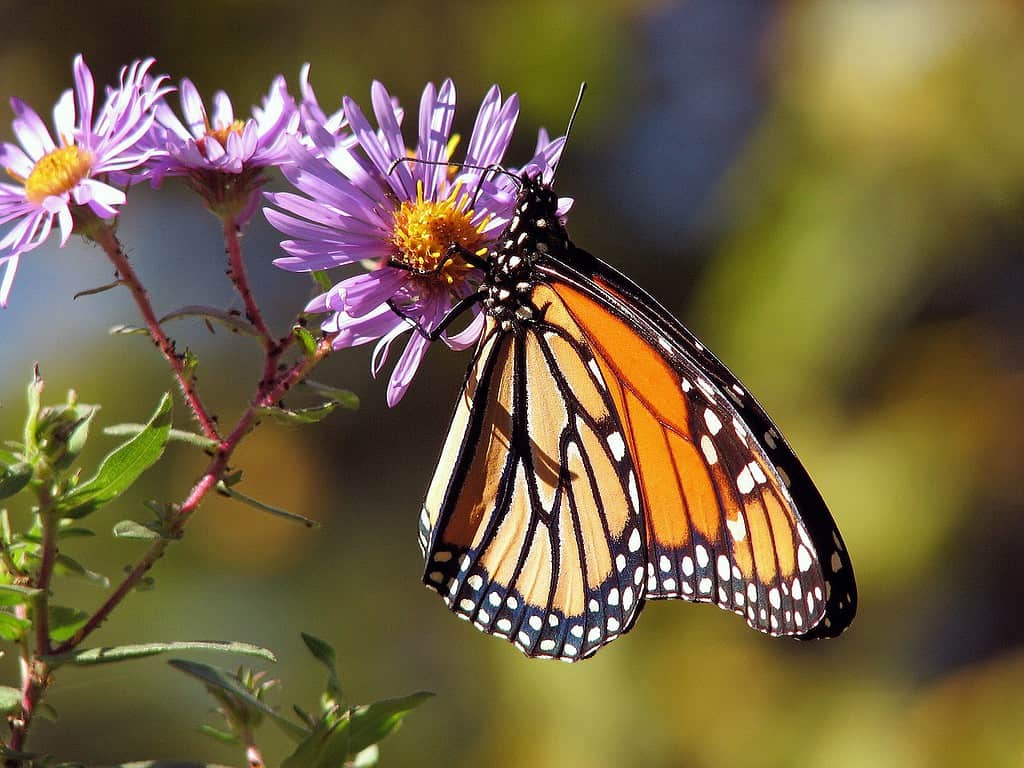Every year, millions of monarch butterflies undertake the trip of their lifetime, flying over 3,000 miles from southern Canada all the way to Mexico, their wintering grounds. How does such a tiny creature with very limited energy manage this grueling journey? It’s a question that has perplexed scientists for some time.
Now, researchers led by Andy Davis, an animal ecologist at the University of Georgia, believe they may have found the key to this puzzle. The answer may lie in an unexpected place—the monarch butterfly’s wing spots.
Clues hidden in the wings

Davis and his team examined photographs of nearly 400 monarch butterflies captured at various locations along their migratory path. They painstakingly analyzed all sorts of morphological features until they noticed a pattern.
Monarchs that complete the entire journey to Mexico have wing spots that are 3% larger and exhibit 3% less black coloration than their counterparts found in regions like Georgia or Minnesota that tend to stay put.
This difference might sound trivial. It’s easy to discard it at some nonsignificant statistical aberration. But the devil is often in the details, and Davis knew he was on to something.
As migrating monarchs soar to heights of up to 365 meters (1,200 feet), sunlight bathes their wings, heating them unevenly. Black areas absorb more heat, while white areas remain comparatively cooler. This contrast creates a phenomenon where micro-vortices of air, caused by alternating temperatures, reduce drag, making their flight more efficient. Similar drag-reducing adaptations have been observed in shark skin and the coloration of seabird wings.
The study also explored the monarch butterfly’s spots in relation to six of its closest relatives in the genus Danaus. Christina Vu, a former student of Davis’, measured the size of spots in all these butterflies and found that monarchs possessed the largest white markings. Semi-migratory southern monarchs followed closely, while the remaining five non-migratory species exhibited even smaller spot sizes.
These findings suggest a strong connection between spot size and the migratory behavior of monarch butterflies. Natural selection can neatly explain this link, as only the fittest individuals are capable of reaching the finish line in the mountainous forests of Mexico City. The most capable butterflies are strong, have robust wings, and have fewer diseases — but they could also have the most optimal black-white spot pattern.
The study may prove useful in designing more efficient technology, particularly in the realm of solar-powered drones. By carefully painting a drone’s fuselage, it may be possible to enhance its autonomy.
However, the notion that a mere three percent difference in coloration can drive such a strong effect merits more research. Davis hopes for exactly this. He is confident that these findings will ignite a new age of butterfly research.
“No one in the world of butterflies is looking at their wings in this way,” he told National Geographic. “People are going to be looking at every other butterfly species out there now thinking, ‘Oh my God, now what does this color do for its flight?’”
“I think this is going to be revolutionary.”
The findings appeared in the journal PLoS One.









